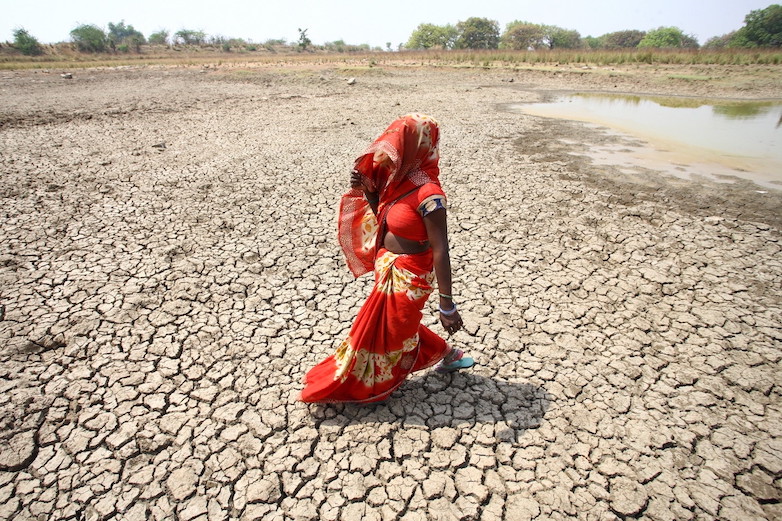Heatwaves are expected to become more frequent and intense in many parts of the world. While often overlooked, heat waves are one of the most dangerous natural hazards and pose a significant health and safety risk for the global workforce. Almost half of the global population is now exposed to high heat episodes, including more than one billion workers.1 April 2024 was the hottest April on record,2 and higher-than-normal temperatures and heatwaves have already been reported in June this year in parts of Europe. International SOS, the world’s leading health and security services company, reported an 86% increase in client calls for heat-related assistance from 2021 to 2022, followed by a further 25% increase in 2023.
Heatstroke, dehydration and heat exhaustion are just some of the dangers workers face in extreme heat. These conditions can lead to decreased productivity, increased accidents and even fatalities. Annually, 22.85 million occupational injuries and 18,970 work-related deaths are attributable to excessive heat3 and by 2030, the equivalent of more than 2% of total working hours worldwide are projected to be lost every year, either because it is too hot to work or because workers have to work at a slower pace – a productivity loss equivalent to 80 million full-time jobs. This impact is expected to be particularly severe in Southern Asia and Western Africa, where lost work hours due to extreme heat could even reach 5%.4
Workers across various sectors are impacted by extreme weather events, however, certain occupations are especially at risk as they involve more physical effort and/or take place outdoors. Industrial workers in indoor settings are also at risk if temperature levels inside factories and workshops are not regulated properly. At high heat levels, performing even basic office and desk tasks can be challenging as mental fatigue and physiological and cognitive decline set in due to heat strain.5 Exposure to excessive heat can also lead to serious health risks, including heatstroke and even death. Proactive measures from organisations are crucial to mitigate these risks and safeguard worker wellbeing and productivity.
Dr Katherine O’Reilly, Regional Medical Director at International SOS, comments, “The growing intensity and frequency of heatwaves pose a significant challenge for workforce health and safety. Occupational heat stress used to be primarily an outdoor concern, but with rising temperatures, even indoor workplaces without proper ventilation can become dangerous. Organisations must go beyond basic heat stress prevention and integrate heat stress risk assessments into their health and safety policies. Furthermore, training employees to recognise early signs of heat illness is critical. Early intervention can prevent a medical emergency and long-term health consequences. By fostering a culture of heat awareness and encouraging frequent hydration and breaks during peak temperatures, organisations can empower their workforce to stay healthy and safe.
“It is also important for organisations to be able to distinguish the different stages of heat-related illness. Heatstroke, the most severe heat illness, is a medical emergency. Without prompt medical attention, it can lead to lasting disability or even death. Symptoms include a core body temperature exceeding 40°C, nausea and/or vomiting, confusion and seizures. Recognising the early signs of heat stress, such as sweating, dizziness, headache and cramps, allows swift intervention to prevent escalation to heat exhaustion or heat stroke.”
International SOS offers guidelines for organisations to mitigate workforce health risks of extreme heat events:
1. Conduct heat-specific risk assessments: regularly assess your operations for potential heat stress hazards. Identify high-risk locations and activities and consider vulnerable employee profiles, including those with pre-existing health conditions or who perform strenuous outdoor work.
2. Integrate heat safety into health and safety policies: make heat stress prevention a core component of your health and safety policies. Ensure workers have access to shaded areas for breaks, hydration stations to keep hydrated and allow for breathable workwear suitable for high temperatures.
3. Provide heat stress awareness and prevention training: deliver climate-specific training programmes that focus on working safely in extreme heat. Educate employees on proper hydration practices and sun protection measures and enable them to adjust their work pace during high temperatures. Train employees to recognise heat stress symptoms and provide clear protocols for hydration, rest breaks and cooling down.
4. Develop robust heat response protocols: develop well-defined procedures for responding to heat-related illnesses, including first aid and emergency evacuation. Communicate these protocols effectively and ensure your workforce knows who to contact in case of a heat emergency.
5. Continuously review and update your response plans: conduct regular reviews of your organisation’s heat response plans to ensure they reflect the latest information and best practices for heat safety.


